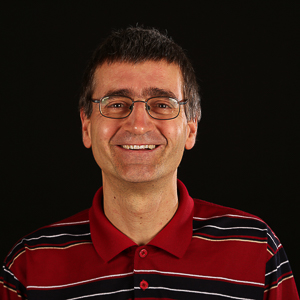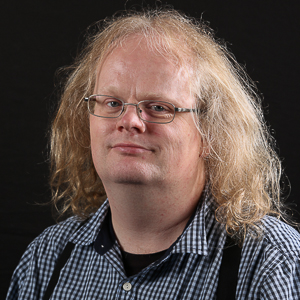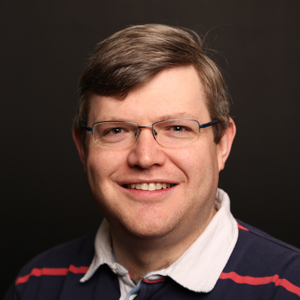This page is intended to signpost students (and staff) to the many sources of support available to students in Aberystwyth University and in external organisations.
Departmental Sources of Support
Departmental Sources of Support
General Office
General Office is a first point of contact for student support information (2nd floor, PSB)
Head of Department
| Head of Department | |||
| Professor Andrew Evans | This email address is being protected from spambots. You need JavaScript enabled to view it. | Staff Profile | 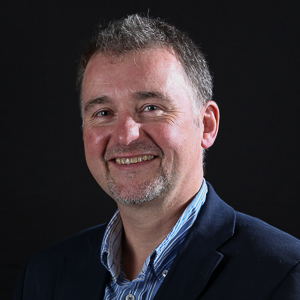 |
| Contact the General Office to make an appointment | |||
Institute Administrator
| Institute Administrator | |||
| David Smith | This email address is being protected from spambots. You need JavaScript enabled to view it. | Staff Profile | 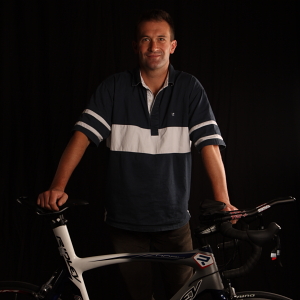 |
| Feel free to drop in to discuss more confidential issues | |||
Director of Undergraduate Studies/Director of Learning and Teaching
| Director of Undergraduate Studies/Director of Learning and Teaching | |||
| Dr Eleri Pryse | This email address is being protected from spambots. You need JavaScript enabled to view it. | Staff Profile |  |
| Contact for all academic and pastoral issues | |||
Physics Undergraduate Year Tutors
| Physics Undergraduate Year Tutors | ||||||||||||||||||||||||||||||||||||||||||||
| Contact for academic and pastoral issues | ||||||||||||||||||||||||||||||||||||||||||||
|
||||||||||||||||||||||||||||||||||||||||||||
Postgraduate Coordinator Physics
| Postgraduate Coordinator Physics | |||
| Huw Morgan | This email address is being protected from spambots. You need JavaScript enabled to view it. | Staff Profile | 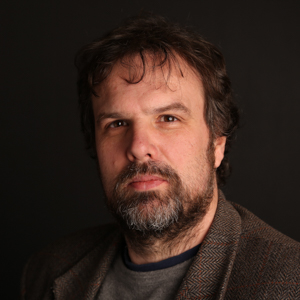 |
| Contact for postgraduate advice and support | |||
Departmental Careers Officer
| Departmental Careers Officer |
| Contact for any health and safety issues |
Departmental Health & Safety Officer
| Departmental Health & Safety Officer | |||
| David Langstaff | This email address is being protected from spambots. You need JavaScript enabled to view it. | Staff Profile | 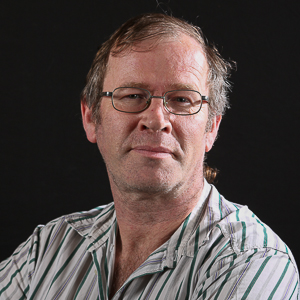 |
| Contact for any health and safety issues | |||
Physics Student Staff Consultative Committee
| Physics Student Staff Consultative Co mmittee |
| The SSCC meets a couple of times each year, around the middle of the two Semesters. The representatives will seek your views ahead of the meetings, but you can contact them at any time to raise any issues. |
Physics Society
| Physics Society |
| Student society for those with an interest in Physics. For the current PhySoc committee members, see their website |
IMPACS Support
Institute of Mathematics Physics And Computer Science Sources of Support
IMPACS System Support Group
| IMPACS System Support Group |
|
The Systems Support Group is reponsible for the maintainance of computing resources (networks, computers, printers, and software) within the Institute of Mathematics Physics And Computer Science(IMPACS). It provides help and advice to IMPACS staff and students. A number of specialised services are needed by the Institute but not provided by the computing division of Information Services. The Support Group provides and maintains these services across the Institute network to which are attached various servers and clusters of machines to which user groups have access. Machines and devices dedicated to providing fundamental network services and mounted filestore are accessible only by support staff. Major system and software upgrades are generally scheduled for action over the summer vacation each year. This is intended to reduce inconvenience to users. At other times of the year improvements and emergency upgrades will be timed as far as possible to cause the minimal amount of disruption to users. The group works closely with Information Services Support staff who provide central computing facilities including filestore to the entire University and maintain the software on The Institutes public PC's. Support request please e-mail: This email address is being protected from spambots. You need JavaScript enabled to view it. |
University Support
University Wide Sources of Support
Residential Life
| Residential Life |
| All AU Residences have a support network of Resident Tutors. Their role is to help you settle in and make the most of your opportunities beyond the classroom. They also assist if you come across barriers to your success and happiness. Teams in each residence provide an on-call, out-of-hours service at evenings and weekends. The details of on-call rotas are emailed to residents each week. |
Nightline
 |
| Student-run independent telephone listening service, running from 8pm - 8am, Tuesday - Sunday during term-time. To contact nightline, find their number on the back of your student card, or visit www.nightline.aber.ac.uk to instant message or email them. |
Information Services
| Information Services |
|
Physical Sciences Library
| Physical Sciences Library | ||
| Resources | (English) | (Cymraeg) |
Accommodation Office
| Accommodation Office |
|
International English Centre
| International English Centre |
|
Sports Centre
| Sports Centre |
|
Centre for Widening Participation & Social Inclusion
| Centre for Widening Participation & Social Inclusion |
|
Careers Advisory Service
| Careers Advisory Service |
|
Student Support Services
| Student Support Services |
|
Student Finance Office
| Student Finance Office |
|
Guild of Students
| Guild of Students |
|
Childcare
| Childcare |
|
Student Health Centre
| Student Health Centre |
|
Spiritual Sources of Support
| Spiritual Sources of Support |
|
External Support
External Sources of Support
- Student Finance Wales - Welsh Assembly Government site
- National Union of Students - Homepage
- Rape Crisis England & Wales - Advice for those who have experienced sexual violence
- Supportline - Offers confidential emotional support by telephone, email and post
- Samaritans - Samaritans provides confidential non-judgemental emotional support, 24/7
- Wales Domestic Abuse Helpline - Confidential helpline for people experiencing domestic abuse. Can advise on emergency refuge accommodation for families
If there are other sources of support that you feel should be included in this list, please contact the Institute Administrator and let them know.

